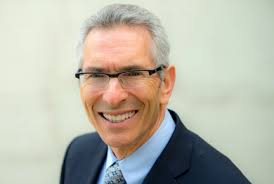Home » EHS professionals
Articles Tagged with ''EHS professionals''
State of the EHS Nation 2015 Survey
ISHN’s exclusive survey reveals healthy profession in ’15
January 5, 2015
FR clothing challenges
Comfort, durability & maintenance are among key issues
January 5, 2015
From ASSE’s Professional Safety Journal:
Mentors help ease learning curve for new safety hires
Mentors help ease learning curve for new safety hires
December 8, 2014
Get our new eMagazine delivered to your inbox every month.
Stay in the know on the latest safety trends.
SUBSCRIBE TODAYCopyright ©2024. All Rights Reserved BNP Media.
Design, CMS, Hosting & Web Development :: ePublishing








